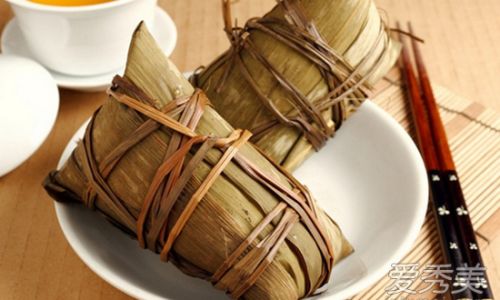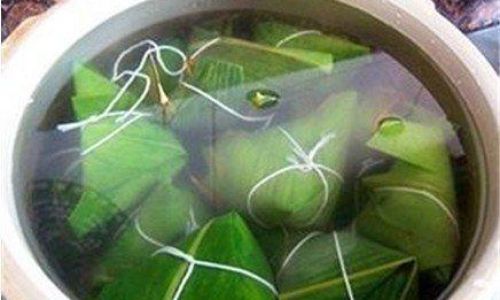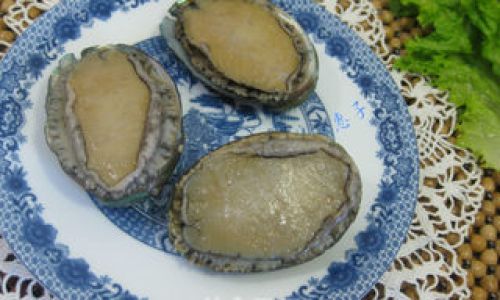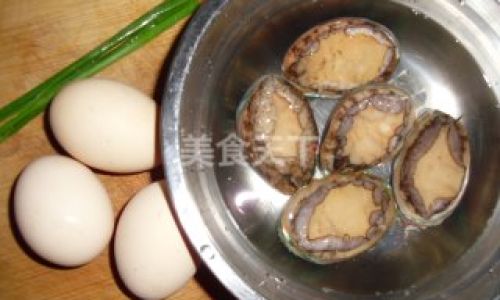Table of content
Tea, one of the world’s most beloved beverages, is cherished for its diverse flavors, aromas, and cultural significance. Whether you enjoy a robust black tea, a delicate green tea, or a soothing herbal blend, the key to savoring its optimal taste lies in proper storage. Among the most common questions tea enthusiasts ask is: How long can tea remain fresh in a sealed bag? This article delves into the science of tea preservation, exploring the factors that influence shelf life, the role of packaging, and actionable tips to extend the freshness of your favorite brews.
Understanding Tea’s Vulnerability to Degradation
Tea leaves, even after processing, are organic matter susceptible to environmental factors. Oxidation, moisture, light, heat, and odors can all compromise tea’s quality over time. When tea is exposed to these elements, its flavor compounds break down, aroma diminishes, and nutritional value may decline. Sealed bags act as a protective barrier, but their efficacy depends on material, storage conditions, and the type of tea.
Factors Influencing Tea Shelf Life in Sealed Bags
Oxygen Exposure
Oxygen is a silent adversary for stored tea. It triggers oxidation, a chemical reaction that alters the leaves’ molecular structure. This process accelerates flavor degradation, turning vibrant notes into stale, flat tastes. Sealed bags, especially those made from oxygen-resistant materials like foil or multi-layered plastics, minimize air penetration. Vacuum-sealed bags or those equipped with one-way valves (common in coffee packaging but less so in tea) offer superior protection by removing residual oxygen.
Moisture Content
Tea leaves are hygroscopic, meaning they absorb moisture from their surroundings. Even small amounts of humidity can lead to mold growth, clumping, or a musty aroma. Sealed bags with moisture barriers, such as those lined with polyethylene, prevent external humidity from seeping in. However, if the tea was not adequately dried before packaging, residual moisture inside the bag could still cause spoilage.
Light Exposure
Ultraviolet (UV) rays from sunlight or artificial light degrade chlorophyll and other pigments in tea, causing discoloration and flavor loss. Opaque or dark-colored sealed bags, such as those made from aluminum foil or metalized film, block light effectively. Transparent or lightly tinted bags, while aesthetically pleasing, offer minimal defense against UV rays.
Temperature Fluctuations
Heat accelerates chemical reactions, including oxidation and enzymatic breakdown. Tea stored in sealed bags should be kept in a cool environment, ideally below 77°F (25°C). Frequent temperature swings, such as those in uninsulated pantries or near ovens, create condensation inside bags, exacerbating moisture-related issues.
Odor Absorption
Tea leaves are porous and readily absorb surrounding smells. Sealed bags made from non-reactive materials like food-grade plastics or natural fibers (e.g., paper lined with plastic) prevent cross-contamination from strong-smelling foods, spices, or chemicals.
Shelf Life of Different Tea Types in Sealed Bags
Not all teas are created equal. The processing method, leaf integrity, and oxidation level determine how long they retain freshness in sealed bags.
Green Tea
Green tea, minimally oxidized and rich in antioxidants, is highly perishable. In sealed bags, it typically lasts 6–12 months when stored optimally. Over time, its grassy, vegetal notes fade, and bitterness may emerge. For peak flavor, consume within 6–8 months.
Black Tea
Fully oxidized black tea has a longer shelf life. Sealed bags can preserve its malty, robust character for 18–24 months. However, prolonged storage may dull its complexity, leaving a one-dimensional taste.
Oolong Tea
Oolong, semi-oxidized and available in varying roast levels, has a middling shelf life. Lightly oxidized oolongs (e.g., Tie Guan Yin) last 12–18 months, while darker, heavily roasted varieties (e.g., Wuyi Yancha) can endure 2–3 years. The latter’s roasting process acts as a natural preservative.
White Tea
Delicate white tea, made from young leaves and buds, has a shelf life of 12–24 months in sealed bags. Its subtle floral and fruity notes gradually diminish, though aged white teas (a specialty category) intentionally undergo controlled oxidation for unique flavors.
Herbal and Flavored Teas
Herbal infusions (e.g., chamomile, peppermint) and flavored teas (e.g., Earl Grey, jasmine) vary widely. Most retain potency for 6–12 months, but those with added oils, dried fruits, or spices may spoil faster due to higher moisture or fat content.
Optimal Storage Conditions for Sealed Tea Bags
Even the best-sealed bags require proper storage to maximize longevity.
Choose the Right Container
While sealed bags provide initial protection, transferring tea to airtight containers can add an extra layer of defense. Opaque, ceramic canisters or glass jars with rubber seals are ideal. Avoid metal tins unless they have interior liners, as some metals can react with tea compounds.
Store in a Cool, Dark Place
A pantry shelf away from direct sunlight or heat sources (e.g., stoves, windows) is optimal. Refrigeration is generally discouraged, as temperature fluctuations during opening/closing can introduce condensation. However, if you live in a humid climate, refrigerating sealed tea bags in airtight containers may prevent mold.
Avoid Freezing (With Cautions)
Freezing tea is controversial. While sub-zero temperatures halt degradation, repeated thawing cycles risk moisture exposure. If freezing, use vacuum-sealed bags and thaw in the refrigerator before use.
Minimize Air Exposure
Even sealed bags contain residual air. For long-term storage, consider dividing tea into small portions and sealing each in vacuum-packed bags. This reduces oxidation risk once the main bag is opened.
Signs Your Sealed Tea Bag Has Gone Stale
Tea doesn’t “spoil” in the traditional sense but loses quality. Key indicators include:
- Faded Aroma: Fresh tea emits a vibrant scent; stale tea smells dull or dusty.
- Weak Flavor: The taste becomes flat, lacking the intended complexity.
- Color Changes: Green tea may yellow, while black tea turns a muddy brown.
- Mold or Clumping: Moisture exposure leads to fuzz or clumps (though rare in sealed bags).
Tips to Extend Tea’s Shelf Life in Sealed Bags
- Buy in Small Batches: Purchase only what you’ll consume within 6–12 months.
- Label with Dates: Use masking tape to note the purchase or expiration date.
- Avoid Frequent Opening: Decant tea into smaller containers to limit air exposure.
- Store Away from Strong Odors: Keep sealed bags away from garlic, onions, or spices.
- Check for Integrity: Ensure bags are tightly sealed after each use.
Conclusion: Savoring Every Sip
Tea’s journey from leaf to cup is a delicate art, and preservation is the final chapter. Sealed bags, when combined with mindful storage practices, can extend the life of your tea, preserving its essence for months or even years. By understanding the interplay of oxygen, moisture, light, and temperature, you ensure that every brew delivers the intended flavor profile. Whether you’re a casual drinker or a connoisseur, treating tea with care guarantees that each cup remains a testament to its origin and craftsmanship. So, seal the bag, store it wisely, and let the aromas transport you—one sip at a time.






0 comments